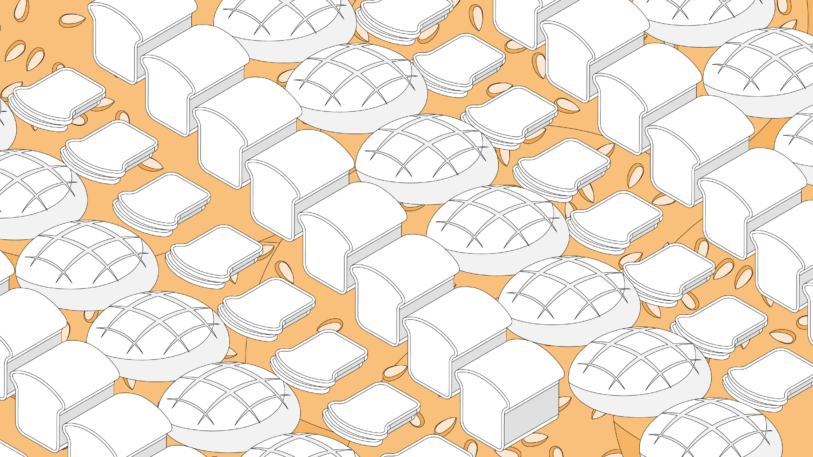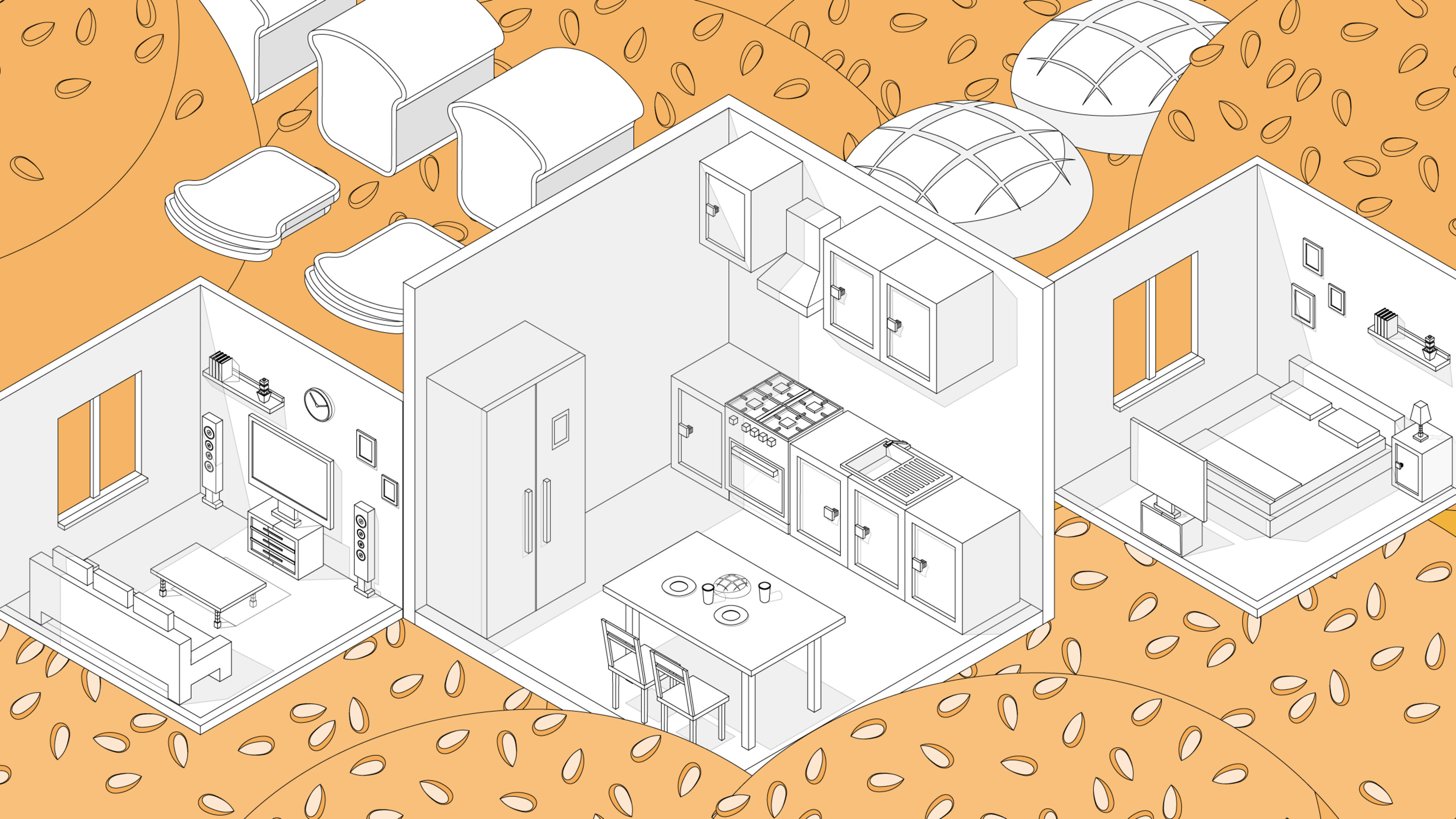When I tell my grandchildren about the great pandemic of 2020, my stories will be sprinkled with descriptions of all the baked goods I whipped up in the kitchen: blueberry scones, red wine chocolate cake, snickerdoodle pound loaves. I wasn’t alone. A new report from Ikea finds that cooking was the activity Americans most enjoyed in lockdown—much more so than our global counterparts. A quarter of those in the U.S. enjoyed cooking, compared to a fifth globally.
Those of us who took comfort in the kitchen were the lucky ones. The pandemic drove the world into lockdown, highlighting and exacerbating social inequality. The Ikea report suggests that this also applied to people’s relationship with their homes. Only 46% of people around the world felt that their homes “met their emotional” needs during quarantine, and these tended to be people who had the luxury of money, time, and space. American’s newfound obsession with banana bread and sourdough starter was really a symptom of their privilege.

A New Relationship with Home
Every year, Ikea surveys tens of thousands of people from around the world to make sense of their behaviors at home. As to be expected, the results were starkly different this year. In 2018 a third of people said that there were places where they felt more at home than where they lived, including community centers, parks, and friends’ houses, partly because their homes did not provide the comfort or privacy they needed. But in 2020, leaving our homes was just not possible for many people: 96% of the 38,210 people surveyed across 37 countries spent all their time at home because of lockdowns.
For some people, home stepped up to the challenge of lockdown: This was true of the 46% of people around the world who said their homes met their emotional needs during lockdown. Part of this had to do with the new activities people began to do at home. Four out of 10 people surveyed said they enjoyed time spent alone, doing things like exercising, reading, gardening, and cooking. Those who lived with family enjoyed more time with their loved ones, including regular communal meals. A third of people discovered how to socialize virtually, and 43% enjoyed playing games. “We found comfort in familiarity, security, and ownership in the little that was within our control,” the report reads.
But, as we know, the pandemic also exposed inequality across almost every dimension of life. When it came to home life, those who had less money tended to have more negative experiences at home, partly because their personal relationships began to fray. Only two thirds of people in lower income brackets said that people in their household supported one another in achieving common goals, compared to 83% of people with medium or high incomes according to Ikea’s survey. Young people also had a hard time, because they are most likely to live in a shared home and depend on outside spaces to fulfill their emotional needs.
The Future of Home
Despite the fact that there was a lot of variation in terms of how our homes met our needs, 78% of people said their home became a sanctuary from the world. With death and illness raging outside, people across the socioeconomic spectrum tried to find safety indoors. Ikea believes that this experience will change people’s relationship with their home in long-lasting ways. During the pandemic, 40% of those surveyed made changes to their homes. And going forward, as people move or redesign their homes, they are likely to be influenced by the experience of life in quarantine, Ikea says.
In interviews, Ikea found that people prioritize space and proximity to nature when they think about what makes a good home. An estimated 47% of people around the world (and 53% of those under 35) are willing move farther away from their workplaces to achieve these things, according to the survey. And when it comes to the layout of their homes, more than a third of people now prioritize a home office, a garden, and space to pursue hobbies.
And for Americans, it’s no surprise that the main hobby they have in mind is cooking: 35% of them expect to keep cooking after the pandemic. So what’s on our wish list for home redesign? Yup, that’s right: A bigger kitchen.
Recognize your brand's excellence by applying to this year's Brands That Matters Awards before the early-rate deadline, May 3.
